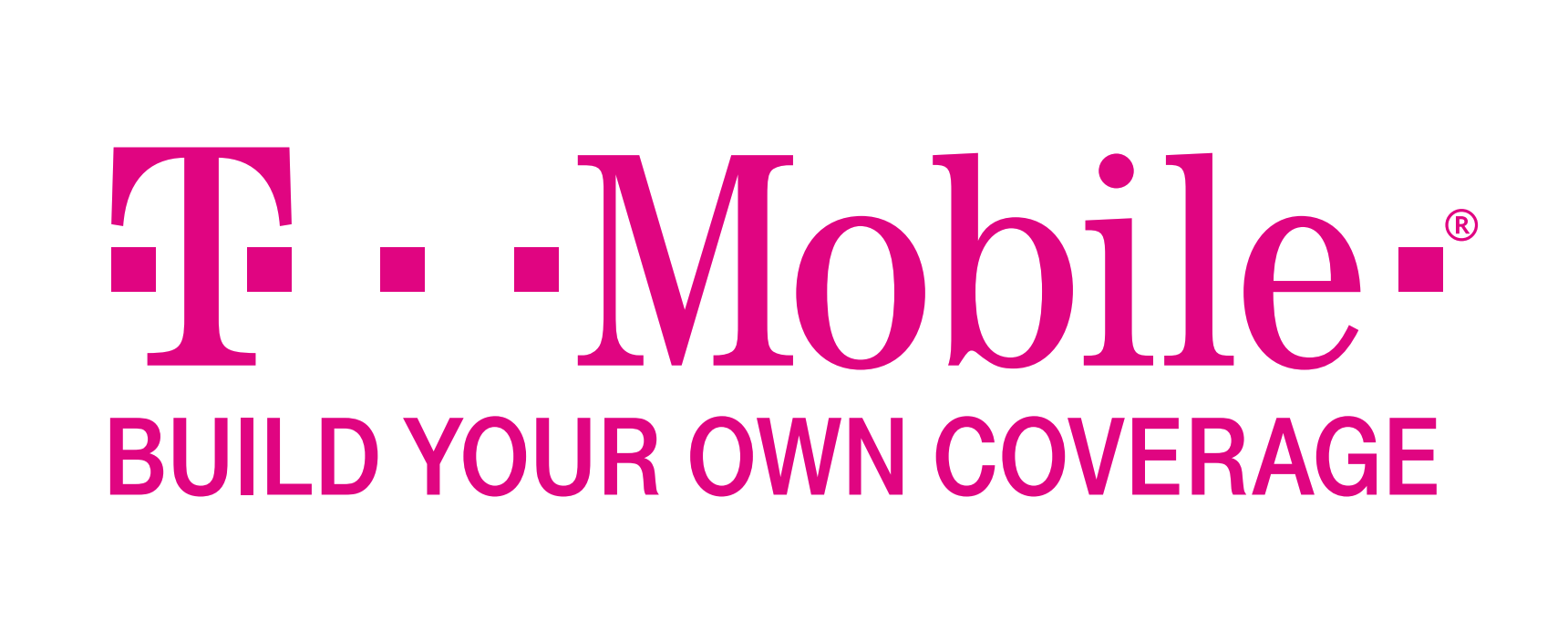LEED Materials Could Be Blocking Your Cell Signal. Here’s How To Fix It.

Luke Lucas said he sees it all the time: Building owners replace their old windows with new, high-efficiency glass or add LEED-recommended insulation to the walls. They excitedly open the refurbished spaces only to receive frantic calls from their tenants, all with the same message.
They can’t make a phone call.
“The cell signal is out there, just past the glass, but now you can’t bring it inside,” said Lucas, the senior manager for engineering business development at T-Mobile. “Of course you want the best, most efficient materials for your building, but you have to recognize that they can severely hinder cell reception and then prepare accordingly.”
Many of the new materials and techniques that are standard practice for LEED Certification can cause in-building wireless reception to suffer. To heat and cool buildings more efficiently, owners have implemented "low-emissivity" glass, which acts as a barrier to heat transfer and UV rays. Unfortunately, “Low-E” windows also tend to block cell signal. Lucas added that insulation, and even certain paints, can separate tenants from the wireless networks they need to conduct business.
The solution isn’t to cling to old, inefficient glass and insulation; LEED updates can reduce building operating costs by 13% and increase building value by 10%. Instead, owners and developers should implement an indoor wireless solution before or along with construction or renovation projects, so tenants are not left in the lurch without service.
In response to the proliferation of signal-blocking materials, national cellular carriers like T-Mobile have initiated programs to bring reception back indoors. They offer to connect building improvements like distributed antenna systems and “small cells” — smaller versions of the antennas that sit atop cell towers — to the massive network of outdoor cellular service.
“We think of wireless as a property service like electricity, water and gas,” Lucas said. “It’s something that tenants need to conduct their business, but good indoor wireless is also a matter of public safety.”
A survey of 9-1-1 dispatchers found that 64% of emergency calls come from inside buildings, and 80% of all wireless calls originate or terminate indoors. Lucas explained that investing in indoor wireless systems is an investment in the day-to-day satisfaction of tenants, but also an important precaution for emergencies.

Lucas said in-building wireless has often been the neglected younger sibling of WiFi infrastructure. Often, he said, it takes a crisis to get building stakeholders to focus on in-building wireless.
He described working with a CEO who had lost out on business a few weeks prior after a call dropped just as he walked in the door of his office building. In another case, Lucas received an urgent plea from a building developer whose lender was about to foreclose on her; no tenants were buying her condos thanks to a damning Yelp review that exposed the lack of cell reception everywhere in the building.
“When buildings don’t invest in indoor wireless, we see their tenant retention will drop, their cap rates drop and their value suffer at the escrow table,” Lucas said. “WiFi is not the fix for indoor cellular coverage. At a certain point, you have to matriculate, to move up to a distributed antenna or small cell system.”
T-Mobile’s Build Your Own Coverage program provides infrastructure that works with all cellular carriers. Lucas explained that the program is not intended to give T-Mobile a leg up, but to propel nationwide connectivity to the next level.
“We don’t care if we’re the No. 1 cell provider in your area, or No. 3 or 5, we just want to make sure that your building has this kind of infrastructure,” Lucas said. “Without it, 4G, 5G and, down the road, 6G simply won’t work.”
In order for smart cities to grow and thrive, Lucas believes, the internal workings of buildings will need to communicate on the same level as the cellular systems outside. A broken HVAC may be able to call its own repairman before the building’s ownership even notices that anything is amiss. But until owners and developers make these infrastructure improvements, buildings can’t join the connected world.
This feature was produced in collaboration between Bisnow Branded Content and T-Mobile Build Your Own Coverage. Bisnow news staff was not involved in the production of this content.

